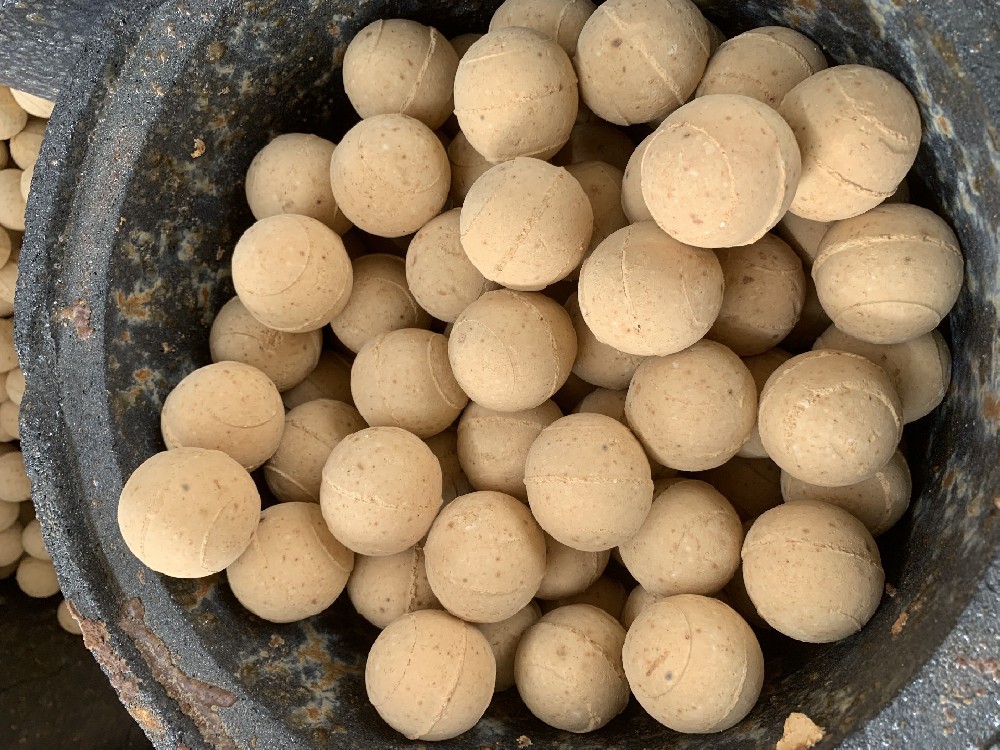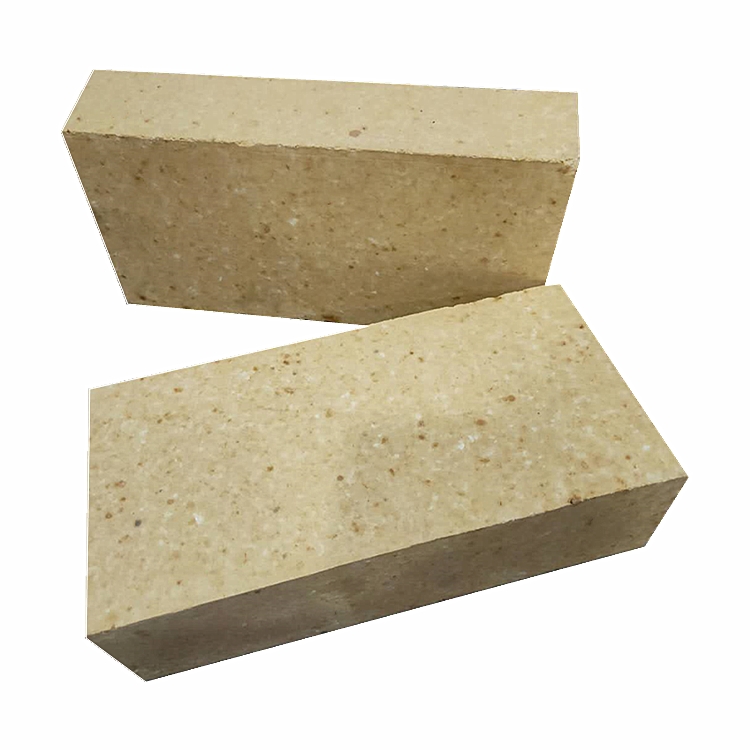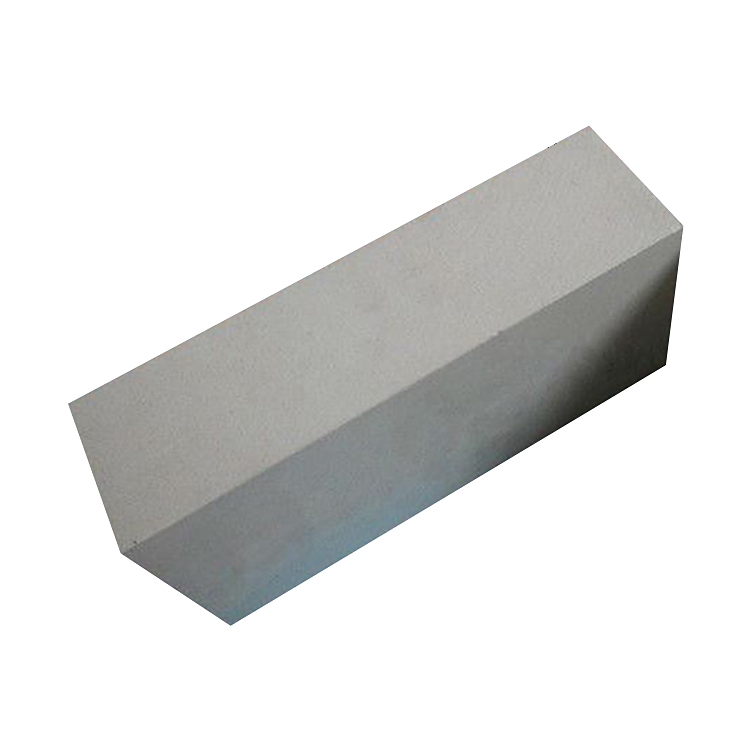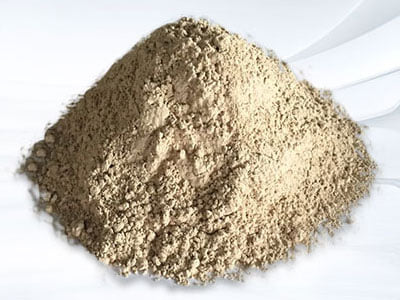The problem of high alumina fire bricks performance and cracking
The mineral composition of high alumina brick is determined according to the bauxite used, and the mineral composition of clinker is generally mullite, corundum and glass phase. The theoretical composition of mullite is Al2O3 71.8%, SiO2 28.2%, and its melting decomposition temperature is 1840℃. It has needle-like crystals and has a network cross structure. It shows good strength at high temperature. Corundum exists in the form of α-Al2O3, the melting point is 2050 ° C, the hardness is Mohs 9, it is granular and columnar crystal, has good chemical stability, and has certain resistance to acid and alkaline slag. Corundum exists in the shape of α-Al2O3, the melting point is 2050 ° C, the strength is Mohs 9, the crystal is granular and columnar, it has excellent organic chemical reliability, and it often has a certain resistance to acid and alkaline coal ash. .
Regardless of the raw materials, in other words, regardless of the refractory insulation materials, whether it is high-alumina refractory bricks with high strength and relative density, insulation bricks, and clay bricks. No matter how extreme the manufacturing is, if it is not used properly in the case of engineering construction or application, it will also cause cracks. Today, I will explain to everyone the reasons for two kinds of cracks that are often encountered.
一: The high-alumina refractory brick cracks in an instant, which is called thermal shock cracking in technical terms. This kind of thing is also encountered in life. The glass bottle in the refrigerator is suddenly heated by fire. It will explode in an instant. On the contrary, it is the same. The same, high-alumina refractory bricks will crack in an instant when they suddenly bear the force or temperature that they cannot bear.
二: The whole process of cracking from shallow to deep is very slow. Why do industrial furnaces that are often used need to be overhauled every year? Because high-alumina refractory bricks will gradually appear after being baked several times, and then fall off. Crack, final payment. It is caused by the continuous release of impact from industrial kilns, which is unavoidable in the whole process of commodity application.
The physical properties at high temperature are not completely in the Al2O3 water content in the high alumina refractory brick, but also in the resulting crystal shape and the total number of laminated glass phases, composition and viscosity. The stress relaxation experiments or the scientific research on the stiffness strain rate and the rupture strain rate of the high alumina refractory bricks show that the high temperature physical properties of zirconium corundum bricks are better than those of bricks with high Al2O3 water content. The LZ-75 type high alumina refractory brick produces a lot of high refractory α-corundum crystals in the form of grains and columns. Its external economic structure is not inferior to the zirconium corundum structure, but under the effect of in-situ stress, the intergranular A small amount of laminated glass liquid causes load, resulting in structural deformation and reduction in compressive strength. Zirconium corundum bricks, such as LZ-65 and LZ-55 models, the key is zirconium corundum crystals, which are fibrous and produce a crossed network structure. During the filling of the laminated glass phase, they can bear the ground stress, are not easily deformed, and have excellent high temperature Compressive strength, especially in bricks made of sillimanite raw materials, the raw materials have high purity, and are converted into zirconium corundum and SiO2 after firing. It is converted into calcite and filled in between zirconium corundum crystals, causing swelling after cooling. The brick mainly exhibits excellent stress relaxation resistance in long-term applications. Although the LZ-48 brick is converted into zirconium corundum crystals, it is engulfed by a lot of laminated glass phases, so the high temperature impact toughness is weak, but the compressive strength at room temperature is good. Therefore, the isokinetic stress relaxation rates are not the same. The turning point temperature of the LZ-75 brick is 1120-1130 °C; the turning point temperature of the LZ-48 brick is 1050 °C; and the zirconium corundum brick has no major turning point observed. High-alumina refractory bricks based on zirconium corundum and corundum have a turning point in high temperature fracture strain rate and stiffness strain rate at 800 ° C; From room temperature to the middle of 1000 ℃, its compressive strength increases with the increase of temperature, which reflects that the thermal deformation of the two crystal phases relieves the residual thermal stress, bridges the micro-cracks, and causes the compressive strength to increase.
Because the softening temperature of high alumina insulation bricks under load is a key characteristic. The experiment concluded that it changes with the change of Al2O3 water content in high alumina insulation brick: when the Al2O3 water content is less than the basic theoretical composition of zirconium corundum, the equilibrium phase in the high alumina insulation brick is zirconium corundum-laminated glass phase. The water content of zirconium corundum increases with the increase of Al2O3 water content, and the softening temperature under load also increases relatively. The thermal shock resistance of high-alumina insulation bricks is worse than that of clay bricks, and the 850°C water-cooled heat dissipation circulation system is 3 to 5 times. The key is that the thermal deformation of corundum is higher than that of zirconium corundum, and there is no crystal transformation. The differences in high temperature impact resistance of first-class aluminum refractory bricks and third-class aluminum refractory bricks were compared. In manufacturing, the method of assembling mud particles is generally used to improve the particle structure characteristics of high-alumina thermal insulation bricks, thereby improving its high temperature shock resistance. In recent years, a certain amount of generated cordierite has been added to the seasoning of high-alumina thermal insulation bricks to produce high-alumina thermal insulation bricks with high high temperature and shock resistance, and significant practical effects have been obtained.
-

Thermal storage alumina balls
The Thermal storage alumina ballsis made of industrial alumina and refractory kaolin as the main raw materials through scientific formula, forming and high-temperature calcination.Thermal storage alumina ballss are divid··· -

Anti-stripping high alumina brick
Use description of Anti-stripping high alumina brick1. Anti-stripping high alumina brick has a good application in low temperature parts such as large and medium-sized cement precalciner, kiln smoke chamber, indoor decom··· -

Anti-stripping high alumina bricks
Anti-stripping high alumina bricks are made of high alumina bauxite clinker, mullite, kyanite, zircon sand, and binder after granulating and powdering processes, mixed in a certain proportion, pressed into shape, and fir··· -

silica hot repair refractory
Performance index of silica hot repair refractoryThe material is a kind of plastic unshaped refractory material, its main component is SiO2, it is made of special clinker and various binders and additives, and it is proc···

